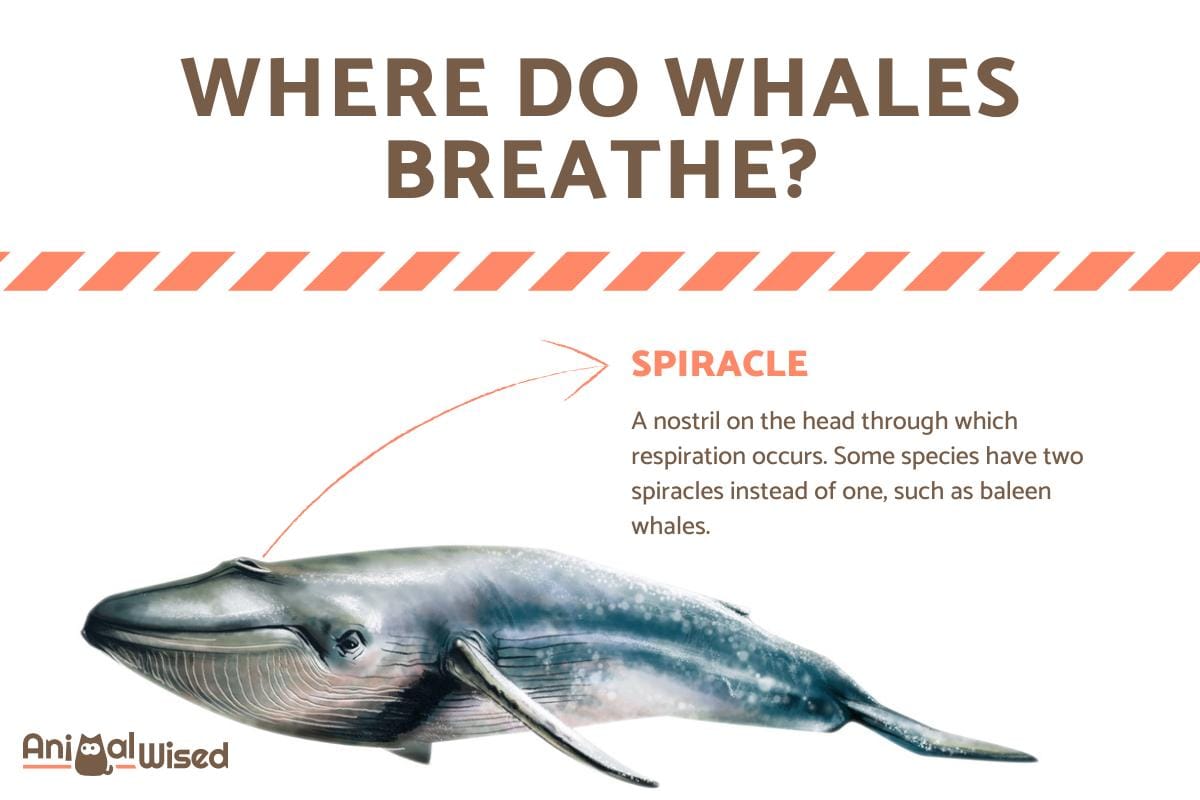Orcas, the striking black and white creatures often called “killer whales,” are renowned for their intelligence and complex social structures. But did you know these magnificent marine mammals are also champions of underwater endurance? Let’s dive deep into the fascinating world of orcas and uncover the secrets behind their impressive breath-holding abilities.
How Long Can Orcas Stay Submerged?
On average, an adult orca can hold its breath for a remarkable 5 to 15 minutes. That’s longer than most of us can hold our breath even on dry land! This incredible ability to stay submerged allows them to navigate the ocean depths, hunt for prey, and even evade potential threats. But how exactly do they do it?
Physiological Adaptations for Underwater Prowess
Orcas, like all marine mammals, have evolved specific physiological adaptations that allow them to thrive in an underwater world where oxygen is a precious commodity. Here’s a closer look:
- Efficient Oxygen Use: Orcas are masters of efficiency when it comes to oxygen. Their respiratory system is specially designed to extract and utilize oxygen more effectively than land mammals.
- Myoglobin Powerhouse: Their muscles have a high concentration of myoglobin, a protein that stores oxygen, acting like an internal oxygen tank and allowing them to stay submerged for extended periods.
- Bradycardia – The Art of a Slow Heartbeat: When orcas dive, their heart rate slows down significantly, a phenomenon known as bradycardia. This conserves energy and reduces oxygen consumption, extending their dive time.
- Selective Blood Flow: During a dive, blood flow is prioritized to vital organs like the brain and heart, while blood flow to non-essential organs and muscles is reduced.
Factors Influencing Breath-Hold Duration
While the average breath-hold capacity for an orca is around 15 minutes, several factors can influence how long an individual orca can stay submerged:
- Age and Size: Younger orcas have a shorter breath-hold capacity compared to their adult counterparts. Similarly, larger orcas can generally hold their breath for longer durations due to their larger lung capacity.
- Health and Body Condition: A healthy orca in peak physical condition will typically have a longer breath-hold time than one that is ill, injured, or malnourished.
- Activity Level: Strenuous activity, such as chasing after fast-moving prey, requires more energy and oxygen. Orcas will need to surface for air more frequently during periods of high exertion.
Orca Breath-Holding vs. Other Deep-Diving Champions
While orcas are undeniably skilled divers, the ocean is home to other marine mammals with even more astonishing breath-holding capabilities. Here’s how they compare:
- Cuvier’s Beaked Whales: These deep-diving specialists hold the current record for the longest dive by a marine mammal, clocking in at a staggering 222 minutes (3 hours and 42 minutes)!
- Sperm Whales: These massive hunters are known to dive for an average of 90 minutes to depths exceeding 3,200 feet in search of giant squid.
- Minke Whales: These baleen whales have an average breath-hold time similar to orcas, around 15 minutes, but they typically inhabit shallower waters.
The Sleeping Giants: How Orcas Sleep Underwater
The need to breathe air presents a unique challenge for marine mammals like orcas when it comes to sleep. They can’t simply drift off into a deep slumber like humans do on land. So, how do they manage to get some shut-eye without drowning? Orcas have developed an extraordinary adaptation called unihemispheric sleep.
The Half-Brain Sleep Strategy
Unihemispheric sleep allows orcas to rest one half of their brain while the other half remains awake and alert. This remarkable ability serves several crucial purposes:
- Controlled Breathing: The awake half of the brain enables orcas to consciously regulate their breathing, ensuring they surface regularly for air.
- Maintaining Awareness: Even while partially asleep, orcas stay vigilant to their surroundings, able to detect potential threats, track prey, and maintain contact with their pod.
Orca Sleep Patterns: A Day in the Life
Instead of experiencing long, continuous periods of sleep like humans, orcas take multiple short naps throughout the day and night. These naps typically last between 5 to 15 minutes, with the orca surfacing for air after each nap before diving down to rest again.
Beyond Breath-Holding: Orcas in a Changing Ocean
Understanding the remarkable adaptations that allow orcas to thrive in the underwater world is not just fascinating; it’s crucial for their conservation. As our oceans face increasing pressures from pollution, climate change, and noise disturbance, these insights can help us better protect these intelligent and highly social creatures. By learning more about their unique physiology and behavior, we can work towards a future where orcas continue to navigate the depths of our oceans for generations to come.
Are you curious about the speed of orcas in the water? You can find out how fast orcas can swim through the link provided. Furthermore, if you’re intrigued by the dental anatomy of sharks, don’t miss the fascinating article about how many rows of teeth sharks have.













2 thoughts on “How Long Can Orcas Hold Their Breath? Unveiling the Underwater Endurance of Ocean Giants”
Comments are closed.